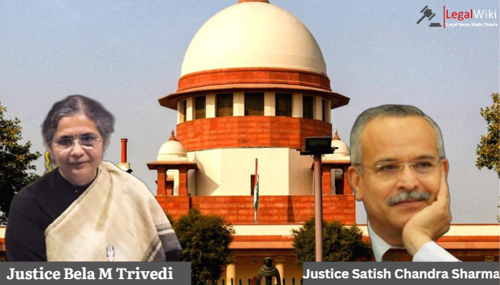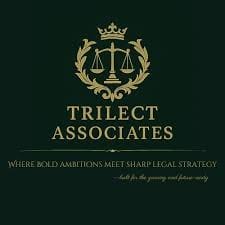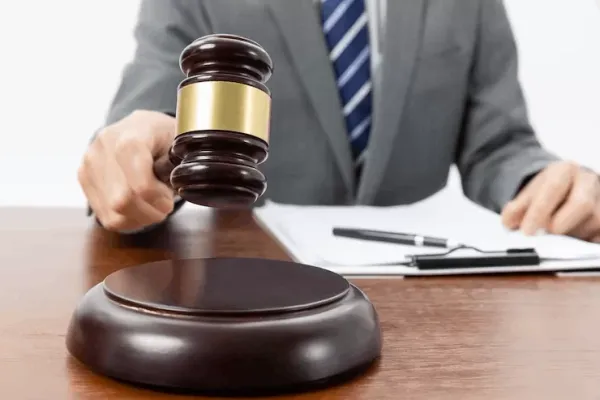Supreme Court Clarifies Rules on Recording Lawyers’ Appearances: A Step Towards Transparency

Author - Tania Kukreja, LL.M. Student, Amity University, Mohali, Punjab
The Supreme Court of India has recently issued a significant ruling regarding the recording of lawyer’s appearances in the court proceedings. In the case of Supreme Court Bar Association & Anr. v. State of UP & Ors., the bench comprising Justice Bela M. Trivedi and Justice Satish Chandra Sharma have laid down strict guidelines to ensure transparency and prevent misuse of the legal process.
Key Highlights of the Ruling:
1- Only Senior Advocates, Advocates-on-Record (AoRs), or Advocates physically present and arguing will have their appearances officially recorded.
2- One Advocate or AoR assisting the arguing counsel can also be listed in the record.
3- The Senior Advocates must not appear without an AoR in the Supreme Court.
4- The Vakalatnama must be signed in front of the Advocate on Record or if it was already signed in front of a notary or another advocate, then the AoR must endorse the fact that he has satisfied himself of the execution of the Vakalatnama.
5- The AoR must fill the Form no. 30 (appearance slip) and furnish all the details required.
6- The Court Masters will only record the appearance of Senior Advocates, AoRs, or Advocate who are present and arguing in the court.
7- The practice of including multiple lawyers in court records, even if they are absent, has been discontinued.
Background of the Case:
The ruling stems from an incident where an individual denied filing a petition and claimed they had not engaged the lawyers named in the court records. This raised concerns over the misuse of the system by listing lawyers who were not actively involved in the proceedings.
Recognizing the potential for manipulation, the Supreme Court intervened to establish accountability. The decision not only ensures that the court records remain accurate but also upholds the professional integrity of legal practitioners.
Pronouncing the verdict, Justice Trivedi said :
"A strange practice was being followed in the Supreme Court regarding the marking of the presence of the number of advocates for the party, without anybody certifying whether they all are authorised to appear for the party. In most of the matters, simple or complicated, a number of appearances of advocates would be shown in the proceedings, running into pages and pages, without any verification as to whether such advocates were in fact present in the Court or were in fact authorised to appear for a particular party."
Implications of the Ruling:
1- These directives will promote accountability among legal representatives. Lawyers will be mindful of ensuring their participation is genuine and recorded accurately.
2- By preventing the inclusion of absent advocates, the court fosters greater transparency, reducing the risk of misrepresentation.
3- Advocates-on-Record play a crucial role in filing and representing cases. The requirement for Senior Advocates to appear with an AoR reinforces their responsibilities.
4- The decision curtails the practice of lawyers lending their names to cases they are not actively participating in, thus maintaining the sanctity of court records.
Thus, The Supreme Court's decision to regulate the recording of lawyers’ appearances is a commendable move toward ensuring judicial transparency and professional ethics. By restricting the misuse of court records and emphasizing the active participation of legal representatives, this ruling serves as a crucial step in strengthening the credibility of the legal system.
For daily legal updates, visit our website https://legalwiki.co/
Judgment- Supreme Court Bar Association & Anr. v. State of UP & Ors.




